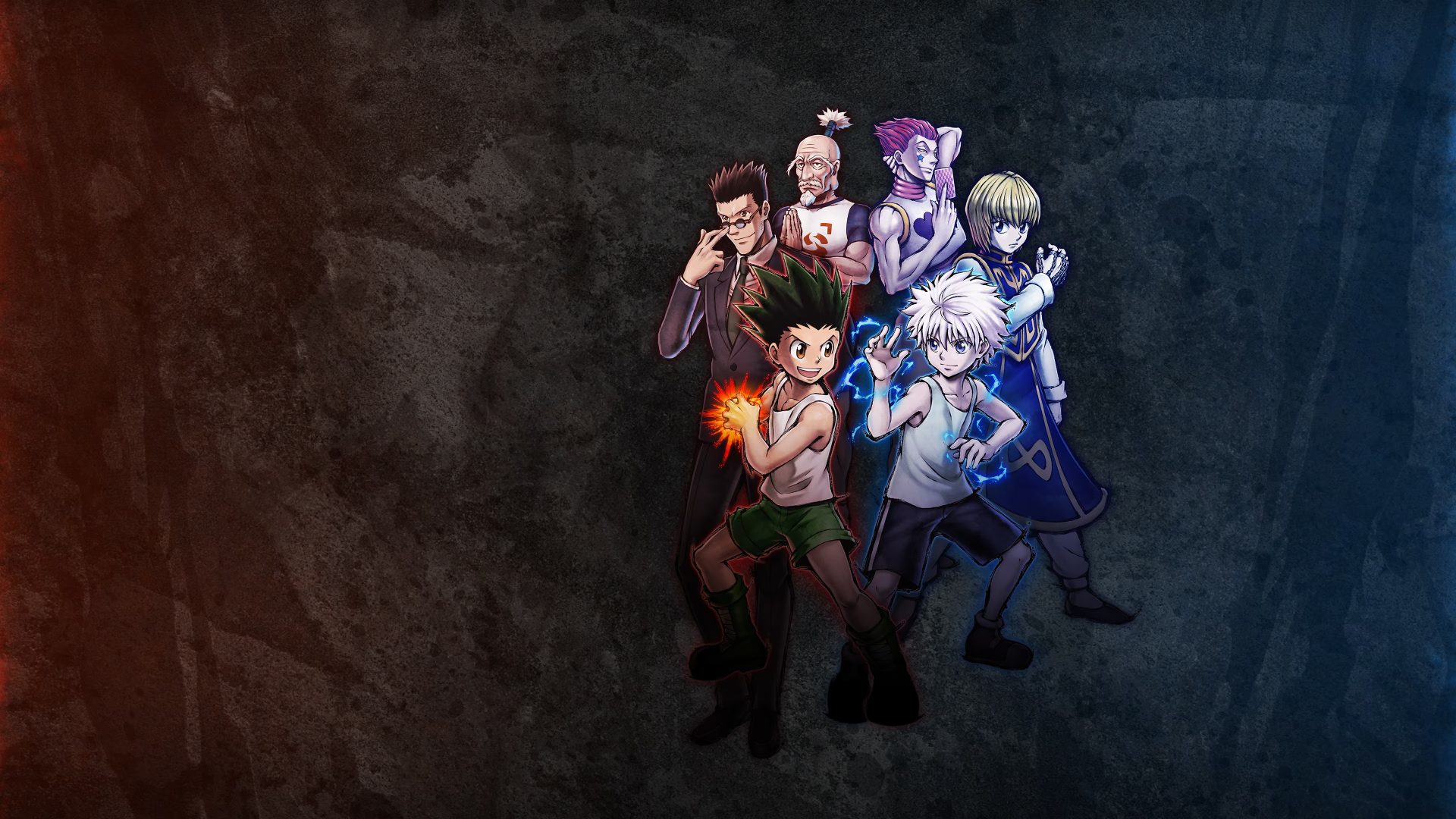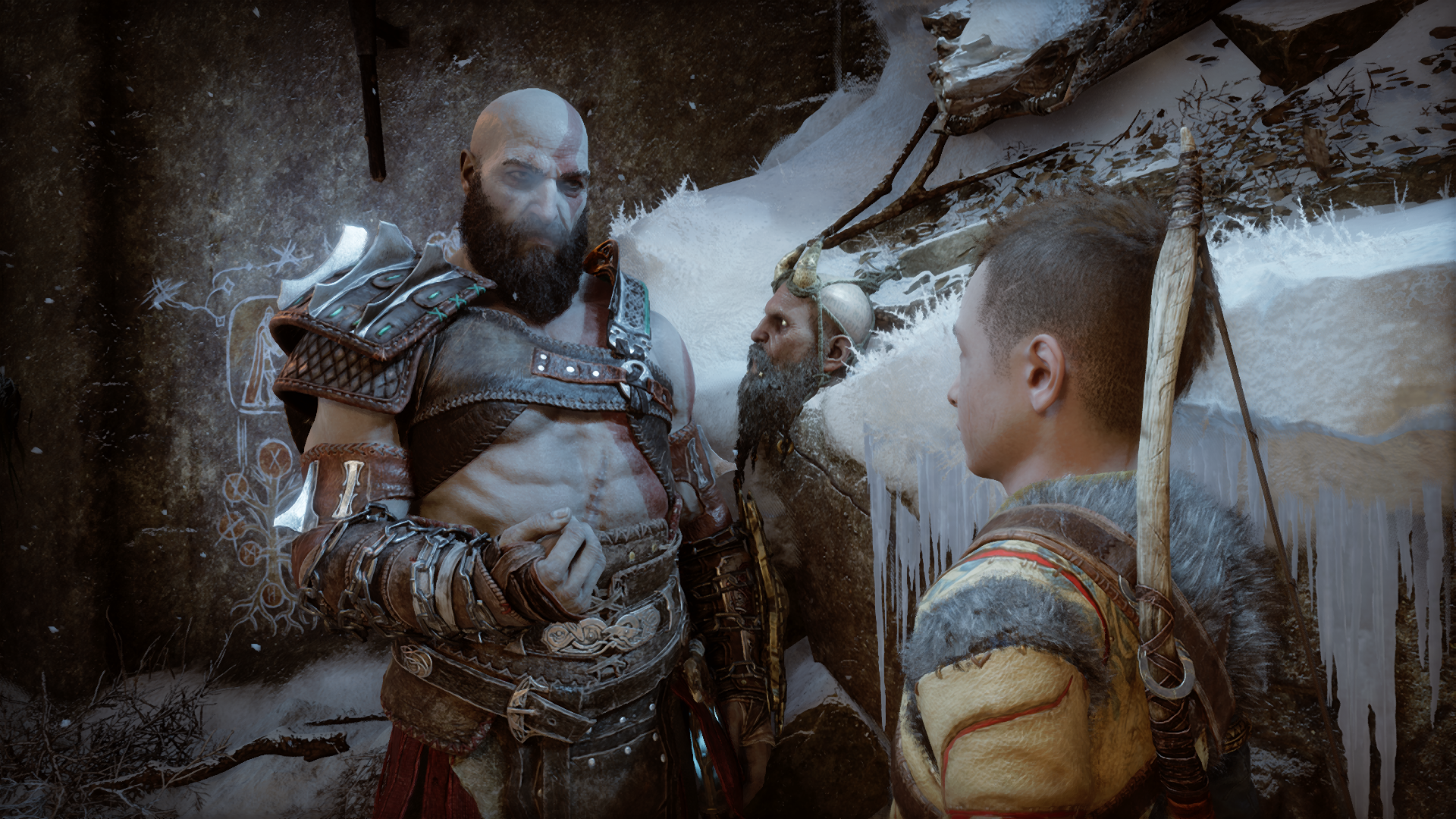The gaming industry is a mess, and the announcement of a sequel to *Black Myth: Wukong* proves it! Sure, fans are excited about the early glimpse of the sequel, but can we talk about how the developers are still in the early stages and have NO clue when it will actually launch? This is ridiculous! It feels like a never-ending cycle of hype with no real substance. We’re being fed crumbs while the industry profits off our patience and anticipation. When will they learn that consistent communication and realistic timelines are key? Stop playing games with us, and start delivering real content!
#BlackMythWukong #GamingIndustry #GameDevelopment #PlayerFrustration #SequelMadness
#BlackMythWukong #GamingIndustry #GameDevelopment #PlayerFrustration #SequelMadness
The gaming industry is a mess, and the announcement of a sequel to *Black Myth: Wukong* proves it! Sure, fans are excited about the early glimpse of the sequel, but can we talk about how the developers are still in the early stages and have NO clue when it will actually launch? This is ridiculous! It feels like a never-ending cycle of hype with no real substance. We’re being fed crumbs while the industry profits off our patience and anticipation. When will they learn that consistent communication and realistic timelines are key? Stop playing games with us, and start delivering real content!
#BlackMythWukong #GamingIndustry #GameDevelopment #PlayerFrustration #SequelMadness
1 Kommentare
·0 Geteilt
·0 Bewertungen














